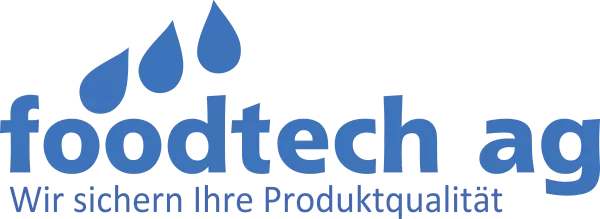XLT4 Agar 500g
Artikelnummer NCM0100A
ARTIKLENUMMER: 42269
Preis auf Anfrage. Application(s): Water, Food\\nOrganism(s): Salmonella /Shigella
XLT4 Agar is a selective differential isolation medium for the specific detection of Salmonella spp. from environmental, food and clinical samples. Due to its highly selective nature, XLT4 Agar is particularly effective when used with samples where o
…Mehr
XLT4 Agar is a selective differential isolation medium for the specific detection of Salmonella spp. from environmental, food and clinical samples. Due to its highly selective nature, XLT4 Agar is particularly effective when used with samples where overgrowth of contaminating flora is expected, for example, faecally-contaminated agricultural samples.\\n\\nDeveloped by Miller & Tate in 1990, this medium was found to improve the recovery of non-typhi Salmonella from chicken and farm environmental samples. Dusch & Altwegg further established the application of XLT4 Agar to salmonellae detection in clinical samples, with the notable exceptions of Salmonella Typhi and Salmonella Paratyphi. The presence of peptone and yeast extract provides sufficient nutrients to allow the optimal growth of Salmonella spp.\\n\\nSelectivity is provided by the anionic surfactant Niaproof® 4 (formerly known as Tergitol-4 / sodium tetradecylsulfate). This compound acts as an effective selective agent which is active against Gram-positive and many Gram-negative organisms, including Proteus spp.\\n\\nDifferentiation is based on fermentation of the sugars xylose, lactose and sucrose in addition to the decarboxylation of lysine. The inclusion of the pH indicator, phenol red, provides visual evidence of a pH decrease (yellow) or increase (red) in the medium. Ammonium iron (III) citrate is present to distinguish hydrogen-sulphide (H2S) producing from non-H2S producing organisms.\\n\\nMost enteric organisms, except Shigella, will ferment xylose to produce acid. However the salmonellae will also decarboxylate the lysine to keep the pH neutral to alkali, thus maintaining red colouration. At near-neutral pH Salmonella can produce H2S from the reduction of ammonium iron (III) citrate and thiosulphate ions producing black or black-centred colonies. Non H2S-producing salmonellae will be red without a black centre.\\n\\nOther Enterobacteriaceae (non-salmonellae) which are not inhibited by Niaproof-4, will ferment xylose, lactose and/or sucrose but will not decarboxylate lysine. This fermentation activity causes a decrease in pH, resulting in a colour change within the colonies from red to yellow.
Weniger
{"article_attributes":[],"prepared_stocks":{"out":0,"low":0,"min_qty":0,"max_qty":9223372036854775807,"allow_buy_out_of_stock":true},"extended_prices":[{"currency":"CHF","precision":2,"is_excluded":true,"gross":{"normal":0,"discounted":null},"net":{"normal":"0.00000","discounted":null},"vat_percent":"8.10","tax_included":0,"discount_type":null}],"images":[{"imageable_ids":"0","imageable_types":"","id":1834,"article_id":558,"is_external":0,"file_id":566,"external_url":null,"name":"1631.png","active":1,"cover":0,"position":0,"imageable_id":0,"imageable_type":"","alt":"XLT4","ts":"2025-02-14 15:50:15","createtime":"2025-02-14 15:50:07","s3_url":"http:\/\/10.0.236.56:9000\/wbs.company.55505733\/450\/1631.png"}],"available_policies":[],"wbsHost":"\/\/foodtech.ch\/wbs","wbsCompanyId":55505733}










